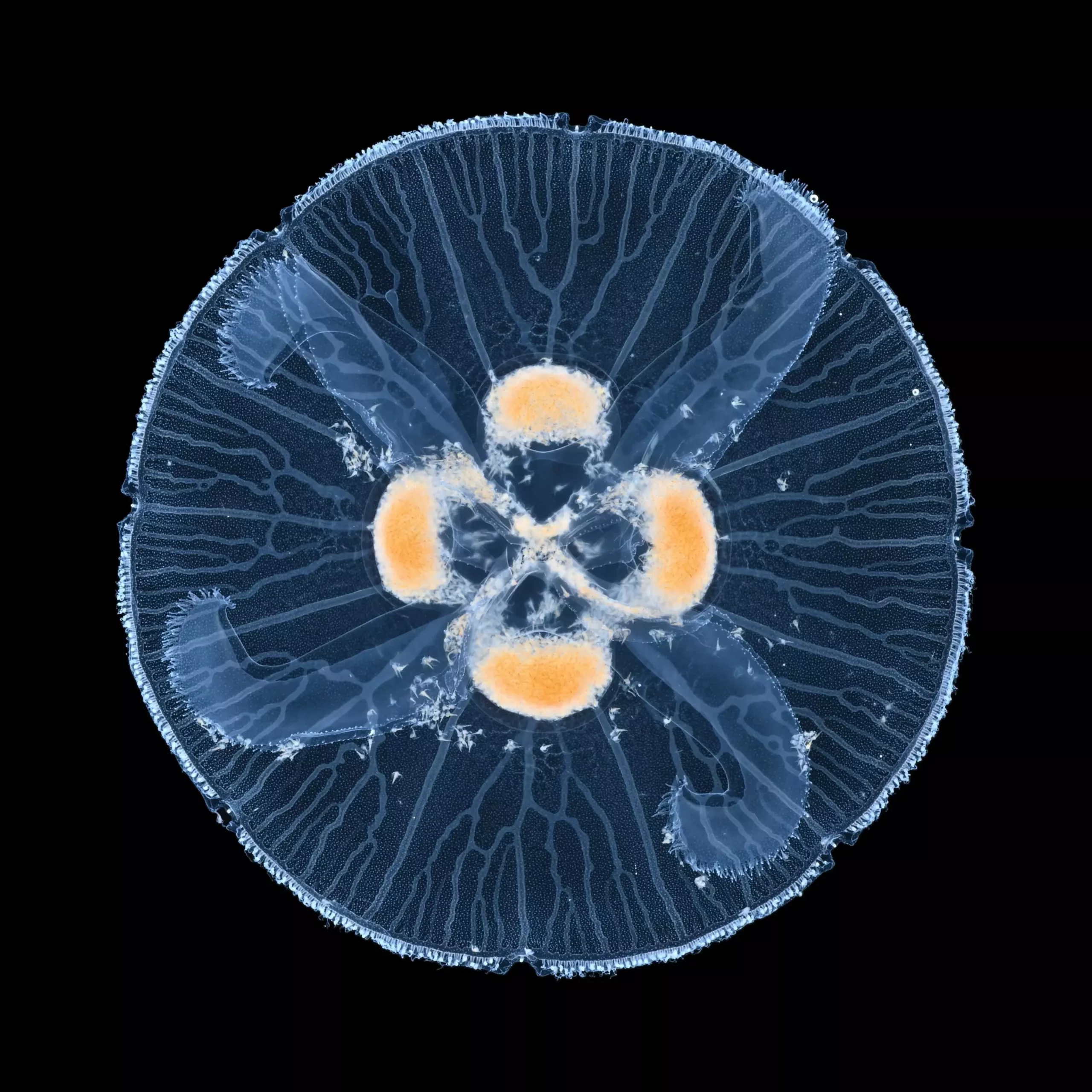Transport networks are fundamental to a multitude of natural and engineered systems. They serve as the conduits for vital elements, such as nutrients and oxygen in biological organisms or electric charge in man-made circuits. Such networks can exhibit different organizational structures that influence their functionality and resilience. Recently, an international collaboration of researchers unveiled an intriguing mechanism behind the formation of loops in transport networks, a feature that offers enhanced stability. This article will explore the implications of these findings, which encompass various systems—ranging from biological networks to fluid dynamics.
Loops in networks play a critical role in improving their robustness. In structures without loops, if one branch suffers damage, it can lead to a cascading failure that jeopardizes the integrity of the entire system. Conversely, networks with loops provide alternative pathways, allowing for continued operation even when certain connections are compromised. This property is especially vital in biological contexts, where organisms rely on resilient delivery systems to transport essential substances while effectively managing waste. Understanding the formation of these loops is essential for advancing our knowledge of both natural and artificial networked systems.
Historically, the process of loop formation within growing transport networks had eluded researchers. However, the recent work conducted by an interdisciplinary team led by Stanislaw Żukowski at the University of Warsaw has shed light on this phenomenon. The research highlights a significant shift in the interactions between branches of a network as they near the system’s boundary. Initially repelling branches start attracting each other, culminating in the emergence of loops.
The researchers noted that as one branch reaches the boundary of the system, the competition between branches transitions from repulsion to attraction. This pivotal change occurs due to the differential resistance between the network and its surrounding medium, creating a compelling dynamic wherein branches converge, thereby forming loops that enhance network stability.
The ubiquity of this phenomenon extends across various natural contexts. Examples include the intricate gastrovascular networking found within jellyfish. As observed in the study, once these canal systems connect to a jellyfish’s stomach, a spontaneous attraction prompts nearby shorter canals to intertwine and form loops. This behavior is not limited to biological systems and has also been documented in geophysical settings, such as gypsum fracture dissolution and in fluid dynamics experiments revealing finger-like patterns. The patterns observed serve as evidence for the broader implications of the loop formation phenomenon and point toward a unified understanding of network behavior across different domains.
The researchers proposed a theoretical model that elucidates how branch interactions evolve as they approach a system’s boundary, leading to interaction changes that facilitate looping. This model posits that the attraction between neighboring branches occurs beyond the specific geometry of the network or the extent of resistance variations with the surrounding medium.
The findings suggest that similar mechanisms may govern loop formation in various contexts, whether biological or mechanical, pointing to an underlying simplicity in what initially appears to be a complex dynamic. This acknowledgment that loop formation can occur even in networks with substantial resistance differences paves the way for further inquiry into unexplored systems.
The revelations concerning loop formation in transport networks open multiple avenues for research. Future studies may seek to identify additional systems where this type of dynamic is present, providing a platform for new insights into how natural processes operate. This could influence fields ranging from environmental science to biomedical engineering by informing the design of more robust systems inspired by nature’s resilience.
Moreover, understanding loops’ formation mechanisms can enhance our comprehension of stability in manufactured networks, potentially pushing forward the boundaries of technology in electricity distribution systems or materials design.
The study of loop formation in transport networks represents an important stride in understanding the complex dynamics underlying both natural and artificial systems. By highlighting the interactions that lead to stability, this research not only enriches our knowledge of fractal networks in biological organisms but also suggests prospects for technological advancements inspired by these principles. The implications of this work promise a transformative influence on future research across numerous scientific disciplines, emphasizing the need for continued exploration into the structures that make up our world.



Leave a Reply